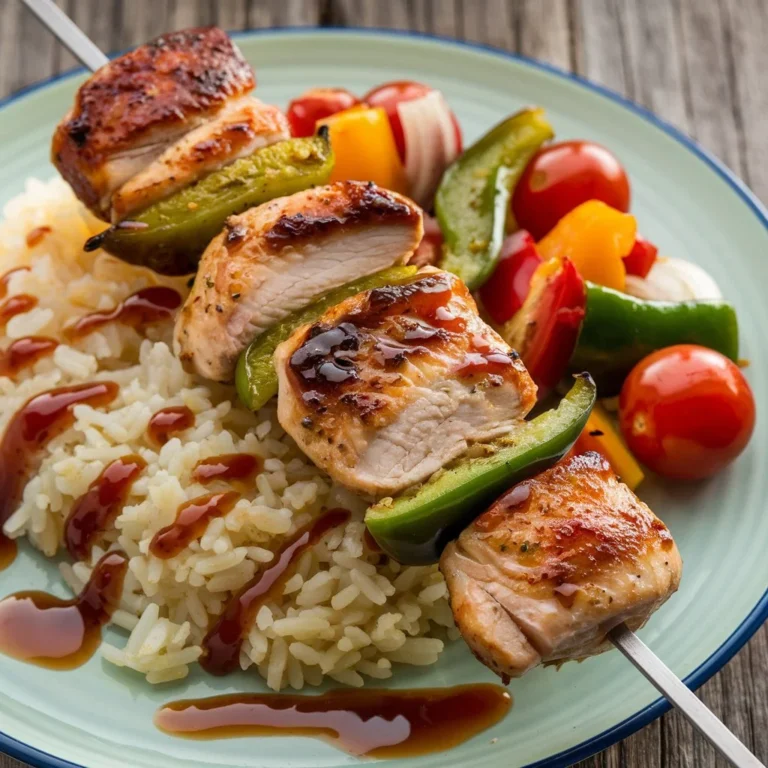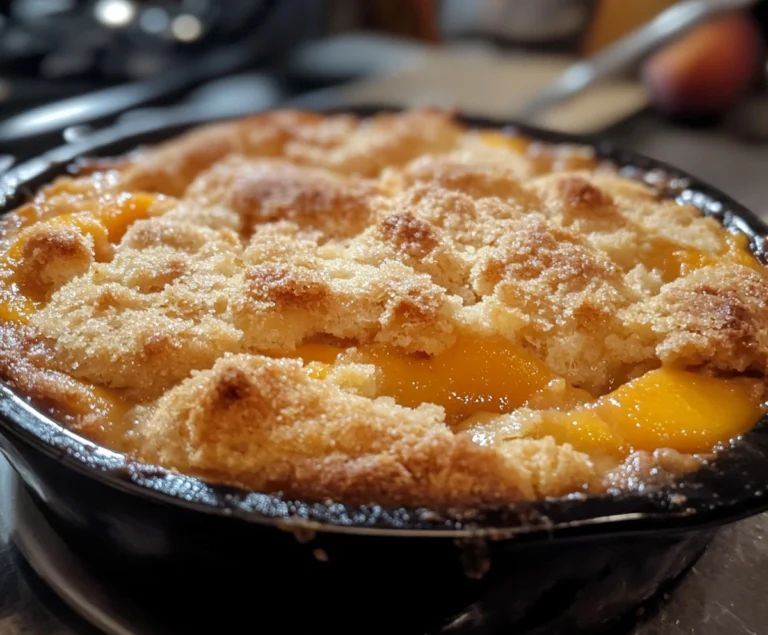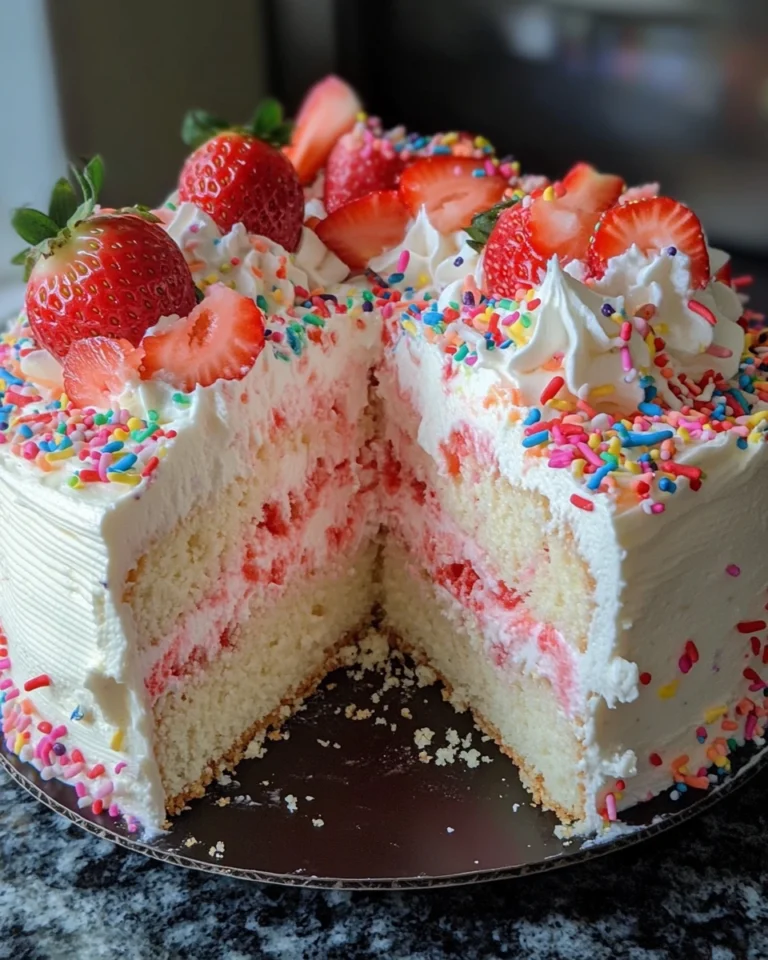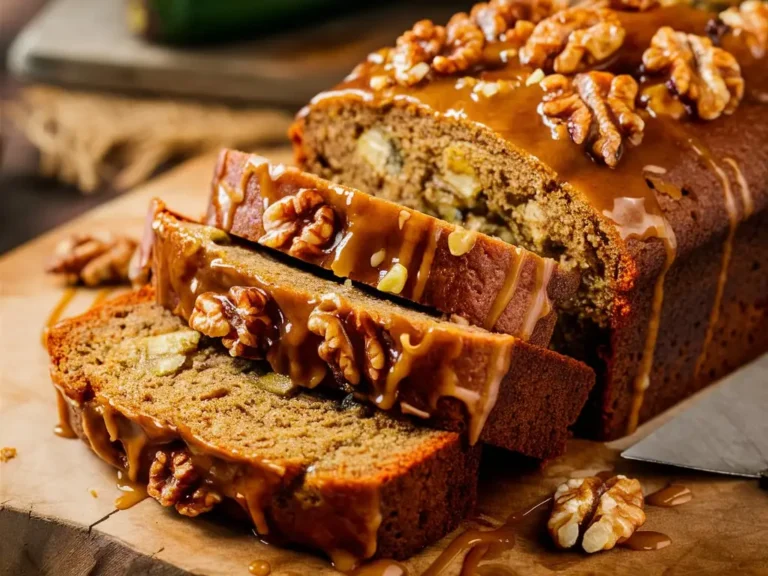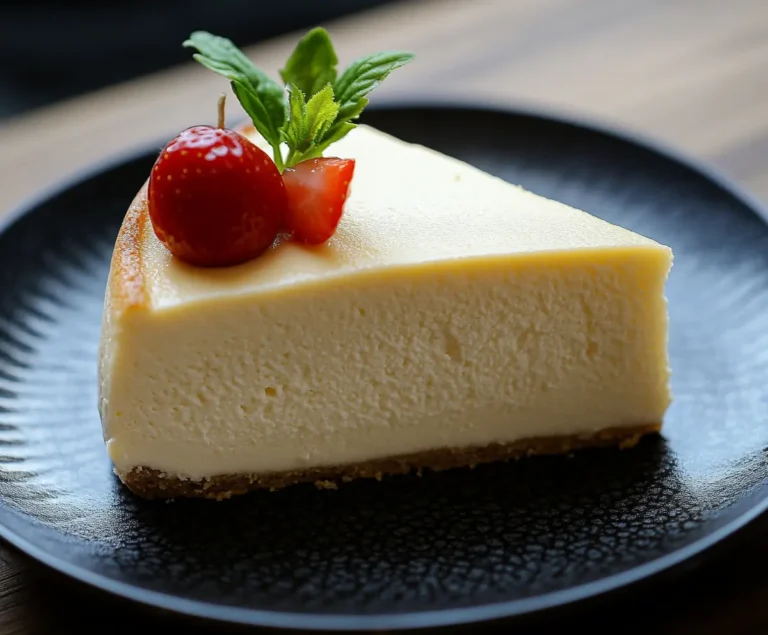What is Cinnamon Roll Icing Made of?
What is Cinnamon Roll Icing Made of?
Cinnamon roll icing is the delightful topping that enhances the flavor and texture of cinnamon rolls, turning them from a simple pastry into a decadent treat. From a simple glaze to a rich cream cheese frosting, the icing is what makes cinnamon rolls so irresistible. But what exactly is cinnamon roll icing made of, and how can you create the perfect version at home? This article will explore everything you need to know about cinnamon roll icing, including its essential ingredients, types, variations, techniques, and more.
The Essential Ingredients of Cinnamon Roll Icing
Most cinnamon roll icings consist of a few basic ingredients: powdered sugar, butter, milk or cream, and vanilla extract. Each ingredient plays a crucial role in the final product’s taste and texture. Let’s break down these components:
- Powdered Sugar: Also known as confectioners’ sugar, this fine sugar is the base for most icings. It dissolves easily and provides a smooth texture, which is essential for creating a creamy consistency.
- Butter: Adds richness and a creamy consistency. You can use either salted or unsalted butter, depending on your preference. Unsalted butter is often preferred because it allows you to control the salt level in your icing.
- Milk or Cream: Used to adjust the consistency of the icing. Milk creates a thinner glaze, while heavy cream results in a thicker, richer frosting. You can use alternatives like almond milk or coconut milk for dairy-free versions.
- Vanilla Extract: Enhances the flavor of the icing, adding a warm and sweet note that complements the cinnamon in the rolls. You can experiment with other extracts, such as almond or maple, for added depth.
These ingredients are the foundation of most cinnamon roll icings, but many variations can be added to suit different tastes or dietary needs.
Types of Cinnamon Roll Icing
There are several types of icing that can be used for cinnamon rolls, each with its unique flavor and texture:
- Classic Vanilla Icing: This is the most basic type of icing, made with powdered sugar, butter, milk, and vanilla extract. It’s smooth, sweet, and pairs perfectly with the flavor of cinnamon rolls.
- Cream Cheese Icing: A thicker, richer icing that combines cream cheese with butter, powdered sugar, and vanilla. The cream cheese adds a tangy flavor that balances the sweetness of the cinnamon rolls. This icing is popular because of its creamy texture and distinct flavor.
- Glaze Icing (without Cream Cheese): A lighter, more transparent icing made from powdered sugar, milk, and vanilla. This type of icing adds a hint of sweetness without overpowering the cinnamon roll’s flavor. It’s ideal for those who prefer a more subtle icing.
- Maple Icing: This variation uses maple syrup or maple extract in place of vanilla extract, adding a rich, sweet, and slightly smoky flavor. Maple icing is a great choice for fall or winter-themed cinnamon rolls.
- Chocolate Icing: For chocolate lovers, this icing adds cocoa powder or melted chocolate to the basic icing recipe. It pairs exceptionally well with cinnamon, creating a unique and indulgent flavor profile.
- Coffee Icing: Incorporates a small amount of brewed coffee or espresso powder, which enhances the flavor of the cinnamon rolls with a subtle coffee note. This icing is perfect for breakfast or brunch.
- Vegan Icing: Uses substitutes like coconut milk or vegan butter to create a dairy-free version. It can be flavored with vanilla, almond, or any other extract to suit your taste.
- Sugar-Free Icing: Uses natural sweeteners like stevia, monk fruit, or erythritol instead of powdered sugar. This icing is perfect for those who want to enjoy cinnamon rolls without the added sugar.
Each of these icings offers a different flavor and texture, allowing you to customize your cinnamon rolls to your liking.
How to Make Basic Cinnamon Roll Icing
Making a basic cinnamon roll icing at home is straightforward. Here is a step-by-step guide to help you create the perfect icing:
Ingredients
- 2 cups powdered sugar
- 1/4 cup unsalted butter, softened
- 2-4 tablespoons milk or cream
- 1 teaspoon vanilla extract
Instructions
- Combine the Ingredients: In a mixing bowl, combine the powdered sugar and softened butter.
- Add Milk Gradually: Slowly add the milk or cream while stirring constantly until you reach your desired consistency.
- Add Flavoring: Mix in the vanilla extract or another flavoring of your choice. Taste and adjust the sweetness or flavor as needed.
- Apply to Cinnamon Rolls: Pour or spread the icing over warm cinnamon rolls, allowing it to melt slightly and soak into the rolls.
Advanced Tips for Perfecting Cinnamon Roll Icing
While making basic icing is simple, there are several tips and tricks you can use to ensure your icing is always perfect:
- Adjust Consistency: If your icing is too thick, add more milk or cream a teaspoon at a time until it reaches the desired consistency. If it’s too runny, add more powdered sugar gradually.
- Control Sweetness: To reduce the sweetness of your icing, add a pinch of salt or a splash of lemon juice. These ingredients help balance the flavor.
- Avoid Lumps: To prevent lumps, sift the powdered sugar before mixing it with the other ingredients. This step is crucial for creating a smooth, creamy icing.
- Flavor Variations: Experiment with different extracts, such as almond, lemon, or peppermint, to create unique flavors. You can also add spices like cinnamon, nutmeg, or cardamom for a warm, spiced icing.
- Temperature Matters: Always apply icing to slightly warm cinnamon rolls. This helps the icing spread evenly and soak into the rolls for a moist, flavorful finish.
The Science Behind Perfect Icing
Understanding the science behind icing can help you achieve the perfect texture and flavor every time. Here are some key principles:
- The Role of Fat: Butter provides structure and a creamy texture to the icing. When combined with powdered sugar, it creates a stable emulsion that holds the icing together.
- The Importance of Liquid: Milk or cream helps dissolve the powdered sugar, creating a smooth texture. The amount of liquid you add affects the consistency of the icing — more liquid results in a thinner glaze, while less liquid creates a thicker frosting.
- The Sweetness Factor: Powdered sugar is very fine, which allows it to dissolve quickly and provide a smooth texture. The sugar also acts as a stabilizer, helping the icing hold its shape.
- Flavor Enhancement: Vanilla extract and other flavorings add complexity to the icing, enhancing its overall taste. Using high-quality extracts will result in a more flavorful icing.
Historical Background of Cinnamon Rolls and Icing
Cinnamon rolls have a rich history that dates back to ancient times. The use of cinnamon as a spice can be traced back to Egypt in 2000 BCE, where it was considered a luxury item. Over time, cinnamon spread to Europe, where it became a popular ingredient in baked goods.
The modern cinnamon roll, as we know it today, originated in Sweden, where it is known as “kanelbulle.” The Swedish cinnamon roll traditionally features a buttery dough flavored with cinnamon and sugar, often topped with pearl sugar or icing. In the United States, cinnamon rolls became popular in the mid-20th century, particularly in the Midwest, where they were often served with a generous amount of cream cheese icing.
The icing used on cinnamon rolls has evolved over time, with various cultures adding their unique twists. Today, there are countless variations of cinnamon roll icing, ranging from simple glazes to elaborate cream cheese frostings.
Pairing Cinnamon Roll Icing with Other Recipes
Cinnamon roll icing is versatile and can be paired with a variety of other baked goods. Here are some ideas:
- Cupcakes: Use cinnamon roll icing on top of your favorite cupcakes for a sweet, creamy finish. For inspiration, check out this coffee cupcake recipe with frosting variations.
- Pancakes: Drizzle cinnamon roll icing over pancakes for a decadent breakfast treat. Consider trying this cinnamon roll pancake recipe for a unique twist.
- Bread: Spread icing over freshly baked bread, such as this olive bread recipe, for a sweet and savory combination.
How to Store and Preserve Cinnamon Roll Icing
Proper storage is essential to maintain the freshness and quality of your cinnamon roll icing. Here are some storage tips:
- Refrigeration: Store leftover icing in an airtight container in the refrigerator for up to one week. Before using, allow the icing to come to room temperature and stir well.
- Freezing: You can freeze cinnamon roll icing in a freezer-safe container for up to three months. Thaw it in the refrigerator overnight and stir before using.
- Reheating: If the icing becomes too thick after refrigeration, gently reheat it in the microwave or on the stove over low heat, stirring frequently.
Common Mistakes to Avoid When Making Cinnamon Roll Icing
To ensure your icing turns out perfectly every time, avoid these common mistakes:
- Using Cold Butter: Cold butter doesn’t mix well with powdered sugar and can result in a lumpy texture. Always use softened butter for a smooth consistency.
- Adding Too Much Liquid: It’s easy to add too much milk or cream, which can make the icing too runny. Add liquid gradually and mix well to achieve the right consistency.
- Not Sifting Powdered Sugar: Skipping the sifting step can lead to lumps in your icing. Always sift the powdered sugar before mixing.
- Applying Icing to Cold Rolls: For best results, apply the icing to warm cinnamon rolls. This allows the icing to spread evenly and melt slightly, creating a delicious glaze.
Frequently Asked Questions
Here are answers to some frequently asked questions about cinnamon roll icing:
- How do you store cinnamon roll icing? Store it in an airtight container in the refrigerator for up to one week.
- Can you freeze cinnamon roll icing? Yes, freeze it in a freezer-safe container for up to three months and thaw in the refrigerator before use.
- Can you make icing without powdered sugar? Yes, alternatives include granulated sugar blended into a fine powder or natural sweeteners like maple syrup.
- What are some healthy substitutes for traditional ingredients? Consider using low-fat cream cheese, almond milk, or sugar substitutes like stevia.
- What can I do if my icing is too runny? Gradually add more powdered sugar until the desired thickness is achieved.
- Can I make a dairy-free icing? Yes, you can substitute dairy ingredients with plant-based alternatives like almond milk or coconut cream.
Pairing Cinnamon Rolls with Beverages
To enhance the flavor of your cinnamon rolls, consider pairing them with complementary beverages:
- Coffee: The robust flavor of coffee pairs well with the sweetness of cinnamon rolls. Try a dark roast or espresso for a rich, bold contrast.
- Tea: Herbal teas, such as chamomile or peppermint, offer a refreshing balance to the rich flavor of cinnamon rolls. Black teas with hints of spice, like chai, also complement the cinnamon.
- Milk: A classic pairing, milk helps balance the sweetness and creaminess of the icing. Opt for whole milk or a plant-based alternative for a delicious combination.
- Hot Chocolate: For a decadent treat, pair cinnamon rolls with a mug of hot chocolate. The rich cocoa flavor enhances the sweetness of the rolls.
Conclusion
Creating the perfect cinnamon roll icing is an art that can elevate your baking to a new level. From classic vanilla to tangy cream cheese, and from rich chocolate to subtle maple, there are countless ways to customize your icing to suit your taste. Experiment with different ingredients and flavors, and don’t be afraid to try new variations. With the right tips, techniques, and a little creativity, you’ll be able to make the best cinnamon roll icing every time.
For more inspiration on related recipes, check out this mini cupcake recipe guide to complement your sweet creations, or explore the bread flour recipes for more ideas to elevate your baking game. Enjoy your baking adventure and happy icing!



